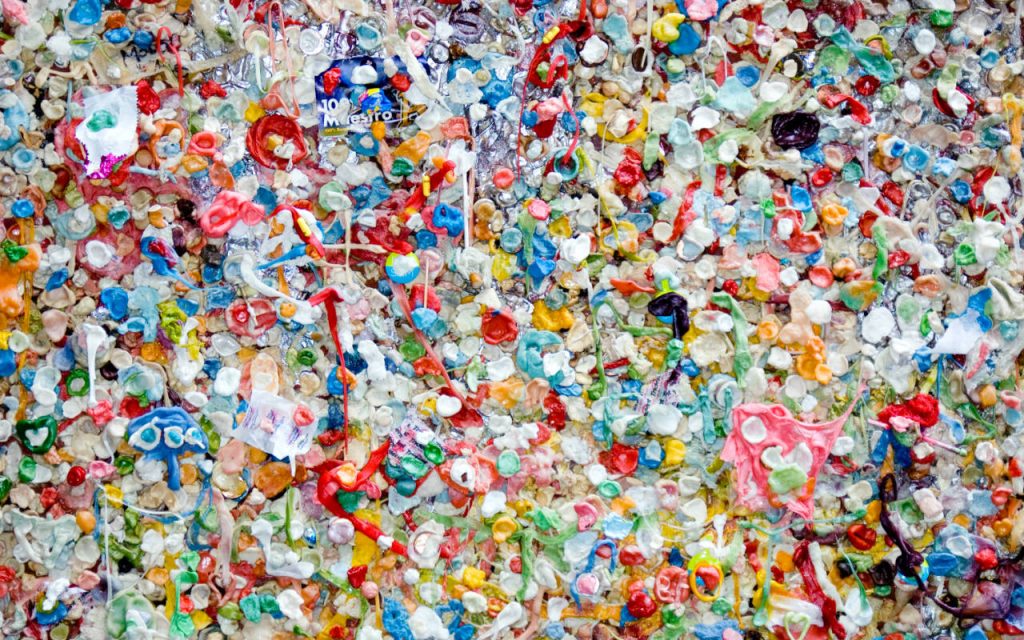The Plastic Packaging Tax, or PPT, came into effect in April 2022. The official goal of the PPT is to “provide a clear economic incentive for businesses to use recycled plastic material in plastic packaging”.
Some may see the PPT as a step towards a plastic-free world; but the reality is very different. Of course, it’s well-meaning to want to end the use of plastics – nobody likes the idea of plastic pollution, strangled wildlife, contaminated water supplies, or any of that nasty stuff. But if we banned plastic packaging, we’d literally end the world as we know it.
The oceans wouldn’t clean themselves up overnight, and recycling wouldn’t become the sole source of a now finite material. In fact, we would end up harming the environment even more with the alternatives we’d replace plastic with.
Here’s what would really happen if we banned plastic packaging.

Production would shift to worse alternatives
While the water bottle has become the poster child for plastic pollution, plastic bags are arguably more visible. Polythene bags are used, reused and recycled daily – but more often than not, end up in landfill, or tossed haphazardly aside to become part of the ocean.
Just using plastic bags as an example, the sudden move away from polythene bags would kick start the production of more harmful alternatives – namely paper bags.
Read more – Is Cardboard Really Better For The Environment Than Plastic?
Despite their eco branding, paper bags take 400% more resources to make. They create higher carbon emissions than plastic bags, cannot get wet, cannot effectively be reused and, if they come into contact with food or oil, may not be recyclable at all. Paper can only be recycled a handful of times before disintegrating, and the lifecycle of paper production to recycling is incredibly water-heavy – destroying waterways with toxic pollution, diverting essential freshwater supplies out of the water cycle and into industry.
Paper, on balance, is far worse for the environment than plastic.
Woven cotton bags might then seem the next logical step; they can be washed, sewn up when torn, and are wholly natural.
But in a study by the Environment Agency, cotton bags were revealed to need 131 uses to break even on their environmental impact. Polythene bags require just 4 uses to become ecologically even – and while paper bags only need to be used three times, they likely won’t last more than one use. The durability of polythene makes them “bags for life”, with potentially hundreds of uses before they wear out.
The total environmental payoff of banning plastic would be orders of magnitude worse
The CO2 footprint, water use, deforestation and energy use of just about all plastic packaging alternatives is worse for the environment.
Read more – Single use plastic alternatives
The effect of banning plastic would be a return to the materials of a pre-WWII world, with the demands and expectations of society in the 21st century. It’s not sustainable, which is why plastic packaging was adopted in the first place.
Vital industries would shut down
Food
Food production and transportation would be effectively halted as alternative packaging materials are sourced. And owing to the increased weight and thickness of paper, card, glass and other packaging, freight loads would be reduced significantly. Without the protection of plastic packaging, food would be easily contaminated and damaged, leading to massive wastage.
Prices would soar, beyond their already untenable levels.
Medical
A significant amount of the world’s healthcare systems would have to be reinvented. Life-saving medical equipment needs polythene and plastic packaging for protection and to remain sterile at the point of use. Banning plastic packaging for medical and healthcare would be highly damaging to public health – but reform on medical plastic disposal could help reduce this.
Plastic is ubiquitous, ingrained into the way the world works. We simply cannot go about our business, eat our food, or live long, healthy lives without it.
So… What’s the answer?
The only viable solution is to reuse plastic as much as possible, to recycle afterwards, and to repeat until the plastic degrades. After that, turn it into energy, or permanent materials – like bricks and building materials.
And the Plastic Packaging Tax might just force that hand; but rather than incentivising the use of recycled material, PPT penalises the use of virgin material – and this will only amount to rising costs for already cash-strapped consumers.
One day, a new, infinitely recyclable super material might become available, or we’ll grow bacteria that can eat plastic and turn it into raw materials – closing the loop.
But until then, we’ve got to get clever with how we use and reuse. And for the industries dependent on plastic packaging to continue, adopting more recycled material into their operations can help reduce environmental impact, and tax burdens.
Reduce the impact of your plastic packaging
Our friendly, knowledgeable packaging experts at NPF Packaging are here to help, with solutions like 30% recycled polythene bags – exempt from PPT, and better for the environment.


